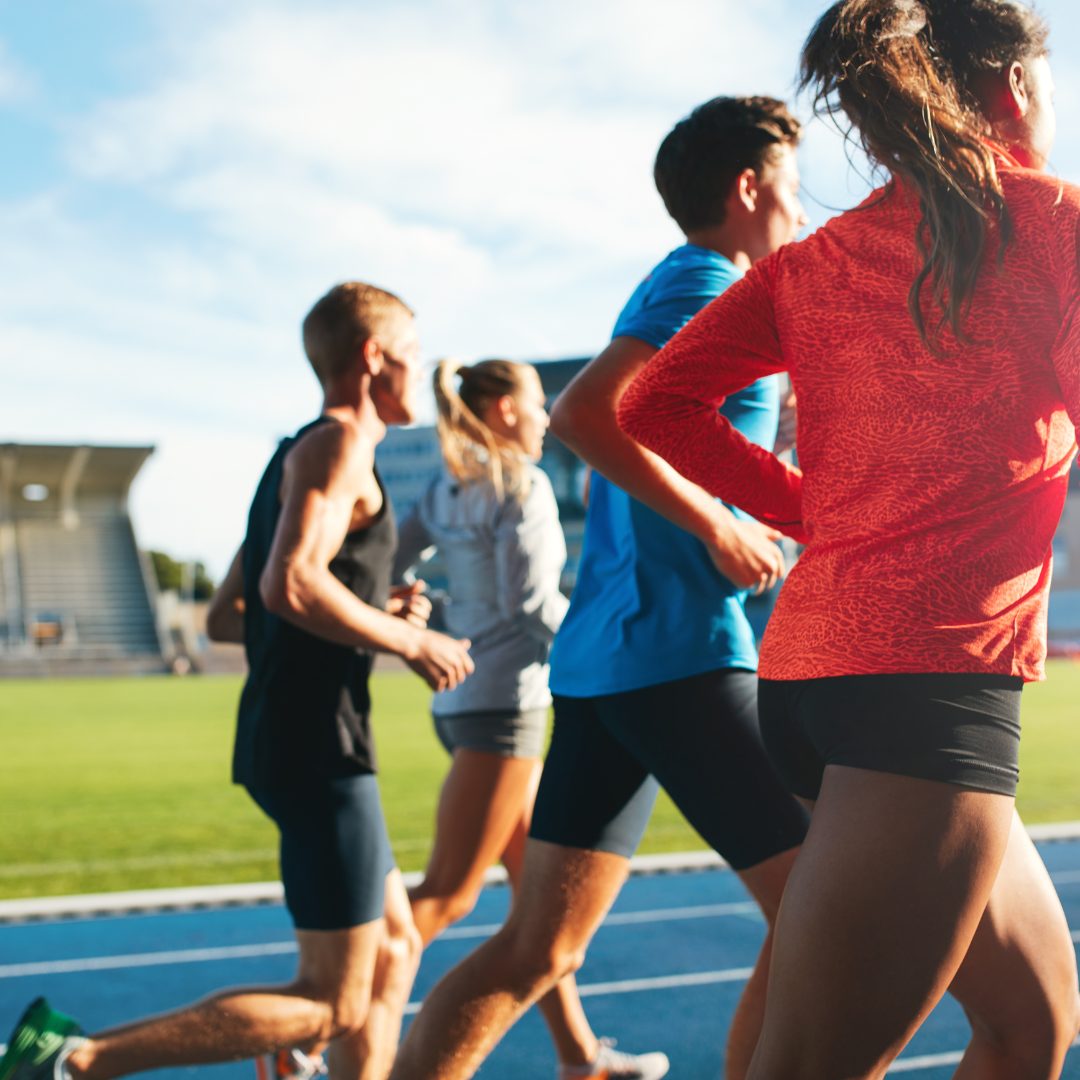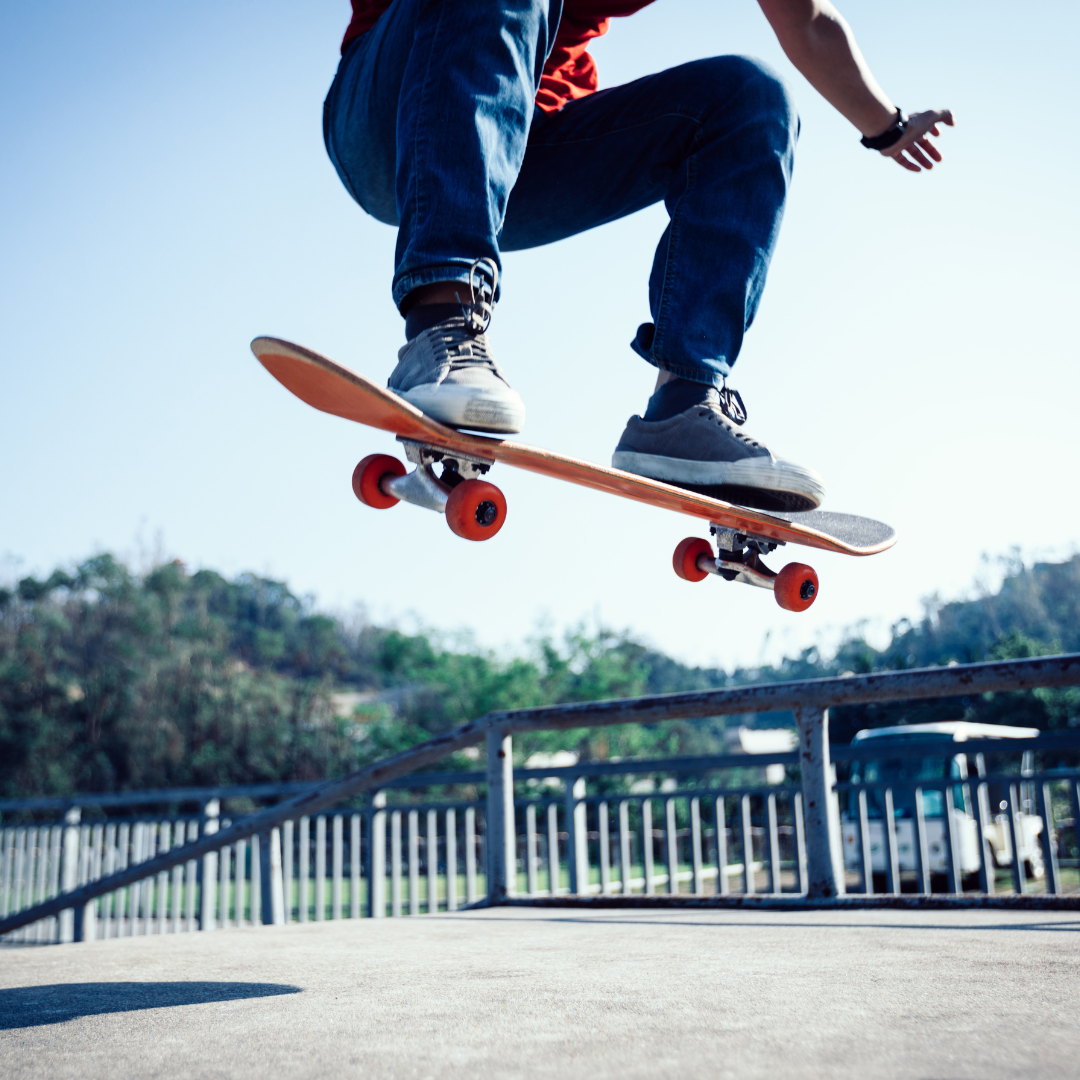Weekly Newsletter
Curated articles every weekApplied Sports Science Weekly Digest #351


Frontiers in Sports and Active Living | May 2024
Dual career through the eyes of university student-athletes in the Republic of Kosovo
“To enhance the potential of future student-athletes in the Republic of Kosovo, relevant stakeholders in sports and higher education should collaborate closely and implement programs and services based on international best practices for dual-career support.“

Frontiers in Sports and Active Living | May 2024
Quantifying lumbar sagittal plane kinematics using a wrist-worn inertial measurement unit
“A wrist-worn IMU sensor could be used to measure gross lumbar sagittal plane mobility in place of a lumbar-worn IMU. This may be useful for remote monitoring during rehabilitation.“

Frontiers in Sports and Active Living | May 2024
Patterns of energy availability and carbohydrate intake differentiate between adaptable and problematic low energy availability in female athletes
“Repeated exposures to LEA and LCHO are associated with a cluster of negative implications in female athletes. In terms of nutrition strategies, sufficient EA and CHO intakes appear to be pivotal in preventing REDs.“

Journal of Science and Medicine in Sport | May 2024
Aligning categories of mental health conditions with intervention types in high-performance sports: a narrative cornerstone review and classification framework
“A clear separation of terminology denoting the athlete’s resources to handle the lifeworld (including salutogenic factors) and terms describing psychiatric conditions and their management is necessary to avoid misguidance in intervention planning.“

Sports Medicine | May 2024
Skating into the Unknown: Scoping the Physical, Technical, and Tactical Demands of Competitive Skateboarding
“Ultimately, what constitutes and distinguishes competitive skateboarding is unexplored. There is some evidence indicating aspects of the sport require flexibility and elevated and fast force output of the lower limbs, which may be valuable when attempting to maximise ollie height.“
Newsletter History
Applied Sports Science Weekly Digest #317
Frontiers in Sports and Active Living | September 2023Injury and performance related biomechanical differences between recreational and collegiate runners"Greater ankle joint contribution may be more efficient and allow for greater capacity to increase...
Applied Sports Science Weekly Digest #316
Frontiers in Sports and Active Living | September 2023Magnitude and direction of elbow torque asymmetries in manual wheelchair users"From the results of the present study, it can be concluded that elbow PT asymmetries are highly variable between wheelchair users...
Applied Sports Science Weekly Digest #315
Frontiers in Sports and Active Living | September 2023Interpreting match performance in elite futsal: considerations for normalizing variables using effective time"When analyzed relative to effective time, LOW players reached higher total PL and shots per minute...
Research Articles
Suggested articles for further readingBODY COMPOSITION
Jackson, A and Pollock, M. Generalized equations for predicting body density of men. British Journal of Nutrition. 1978;40:497-504. Abstract
Siri, W. Body composition from fluid space and density. Brozek & A. Hanschel (Eds.), Techniques for measuring body composition. 1961;223-244. Abstract
Brozek, J, Grande, F, Anderson, J, and Keys, A. Densitometric analysis of body composition: Revision of some quantitative assumptions. Annals of the New York Academy of Sciences. 1963;110:113-140. Abstract
INJURY PREVENTION IN YOUTH ATHLETES
Chu, D., A. Faigenbaum, and J. Falkel. Progressive Polymetrics for Kids. Monterey, CA: Healthy Learning. 2006
Hewett, T. G. Myer, and K. Ford. Reducing knee and anterior cruciate ligament injuries among female athletes. J Knee Surg 18:82-88. 2005.
Micheli, L. Preventing injuries in sports: What the team physician needs to know. In: F.I.M.S. Team Physician Manual, 2nd ed., K. Chan, L. Micheli, A. Smith, C. Rolf, N. Bachl, W. Frontera, and T. Alenabi, eds. Hong Kong: CD Concept. 2006. pp. 555-572.
RPE (RATING OF PERCEIVED EXERTION)
Pandolf, K, Billings, D, Drolet, L, Pimental, N, and Sawka, M. Differentiated ratings of perceived exertion and various physiological responses during prolonged upper and lower body exercise. European Journal of Applied Physiology and Occupational Physiology. 1984;53:5-11. Abstract
Baden, D, McLean, T, Tucker, R, Noakes, T, and St Clair Gibson, A. Effect of anticipation during unknown or unexpected exercise duration on rating of perceived exertion, affect, and physiological function. J Sports Med. 2005;39:742-746. Abstract
SLEEP
For a more thorough list about sleep, check out Fatigue Science’s extensive research page.
Russel, C., PhD, J.A., PhD, Arand, D., PhD, Myers, L.J., PhD, Wubbels, P., BS, and Downs, H., PhD. Validation of the Fatigue Science Readiband™ Actigraph and Associated Sleep/Wake Classification Algorithms. Archinoetics, LLC.
Globe and Mail. The Globe and Mail, 31 Dec. 2014. Web. 13 Apr. 2015. Article
Mah CD; Mah KE; Kezirian EJ; Dement WC. The effects of sleep extension on the athletic performance of collegiate basketball players. SLEEP 2011;34(7):943-950.
GPS (GLOBAL POSITIONING SYSTEM)
Varley M, Fairweather I and Aughey R. Validity and reliability of GPS for measuring instantaneous velocity during acceleration, deceleration and constant motion. Journal of Sports Sciences. 2012;30(2):121-127. Abstract
Boyd L, Ball K and Aughey R. Quantifying external load in Australian football matches and training using accelerometers. I J Sports Phys and Perf. 2013;8(1):44-51. Abstract
Gabbett T. Quantifying the physical demands of collision sports; does microsensor technology measure what it claims to measure? J Strength and Conditioning Research. 2013;27(8):2319-2322. Abstract
HYDRATION
For a thorough list of publications about hydration, visit the Gatorade Sports Science Institute Publications page.
Osterberg, K, Horswill, C, and Baker, L. Pregame urine specific gravity and fluid intake by National Basketball Association players during competition. Journal of Athletic Training – J ATHL TRAINING. 2009 01-02;44(1):53-7. Abstract
Godek, S, Peduzzi, C, Burkholder, R, Condon, S, Dorshimer, G, and Bartolozzi, A. Sweat rates, sweat sodium concentrations, and sodium losses in 3 groups of professional football players. Journal of Athletic Training. 2010 Jul-Aug; 45(4): 364–371. Abstract
WELLNESS QUESTIONNAIRE
Hooper, S, Mackinnon, L. Monitoring overtraining in athletes: recommendations. Sports Med. 1995;20(5):321–327.
McLean, B, Coutts, A, Kelly, V, McGuigan, M, and Cormack, S. Neuromuscular, endocrine, and perceptual fatigue responses during different length between-match microcycles in professional rugby league players. International Journal of Sports Physiology and Performance. 2010;5:367-383. Abstract
HRV (HEART RATE VARIABILITY)
Holman, A and Ng, E. Heart rate variability predicts anti-tumor necrosis factor therapy response for inflammatory arthritis. Auton Neurosci. 2008;143:58-67. Abstract
Fomin, R and Nasedkin, V. Effective management of athlete preparation: a comprehensive approach to monitoring of athlete’s individual readiness. White paper, Omegawave, ePub. 2013.
FORCE PLATE
Linthorne, N. Analysis of standing vertical jumps using a force platform. American Journal of Physics. 2001. Abstract
Guillaume L, Wagner P, and Tombleson T. Countermovement jump height: gender and sport-specific differences in the force-time variables. Journal of Strength and Conditioning Research. 2013. Abstract
ithlete. Guide to training with heart rate variability (HRV). HRV Fit Ltd. 2012. Download
